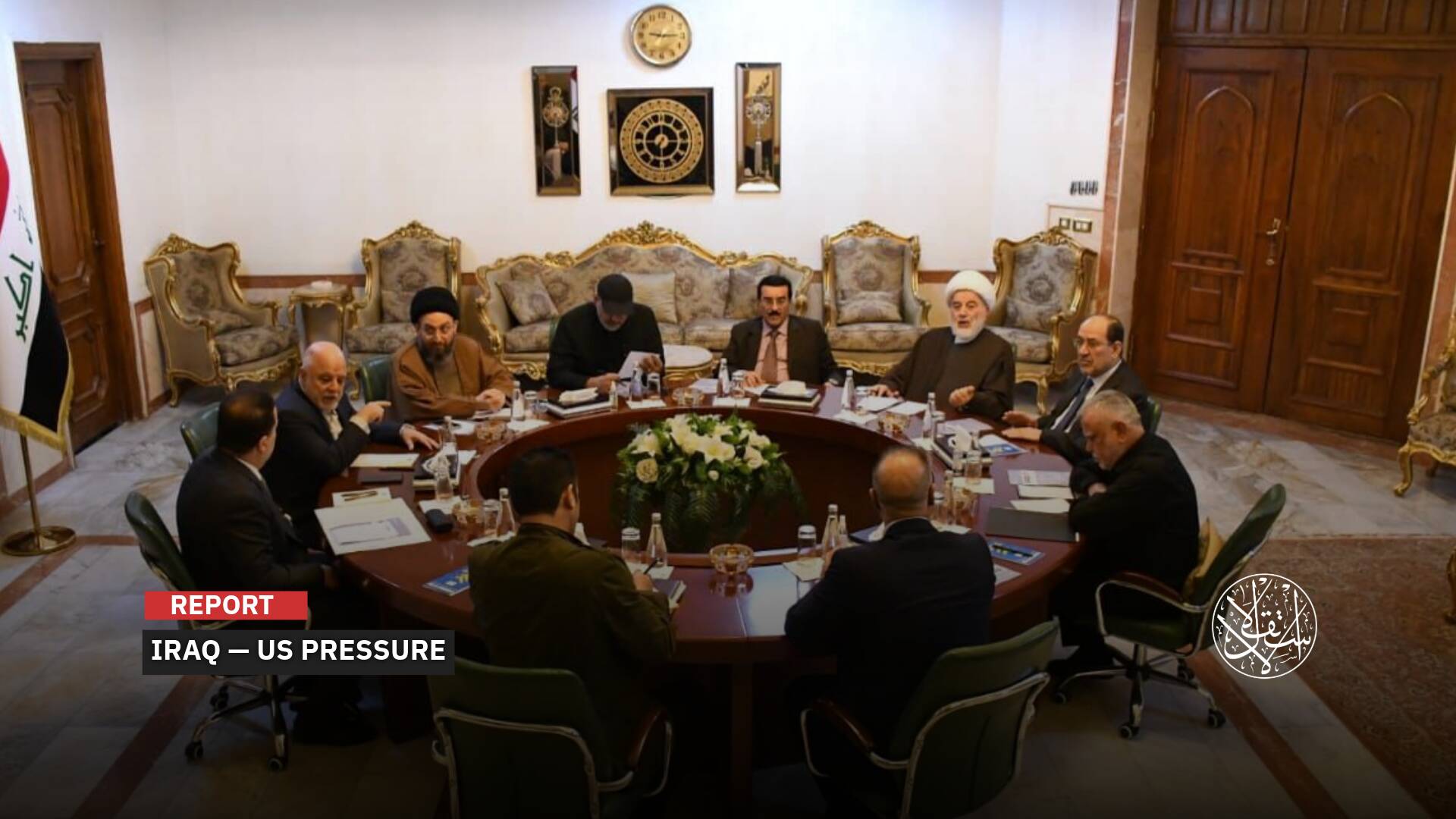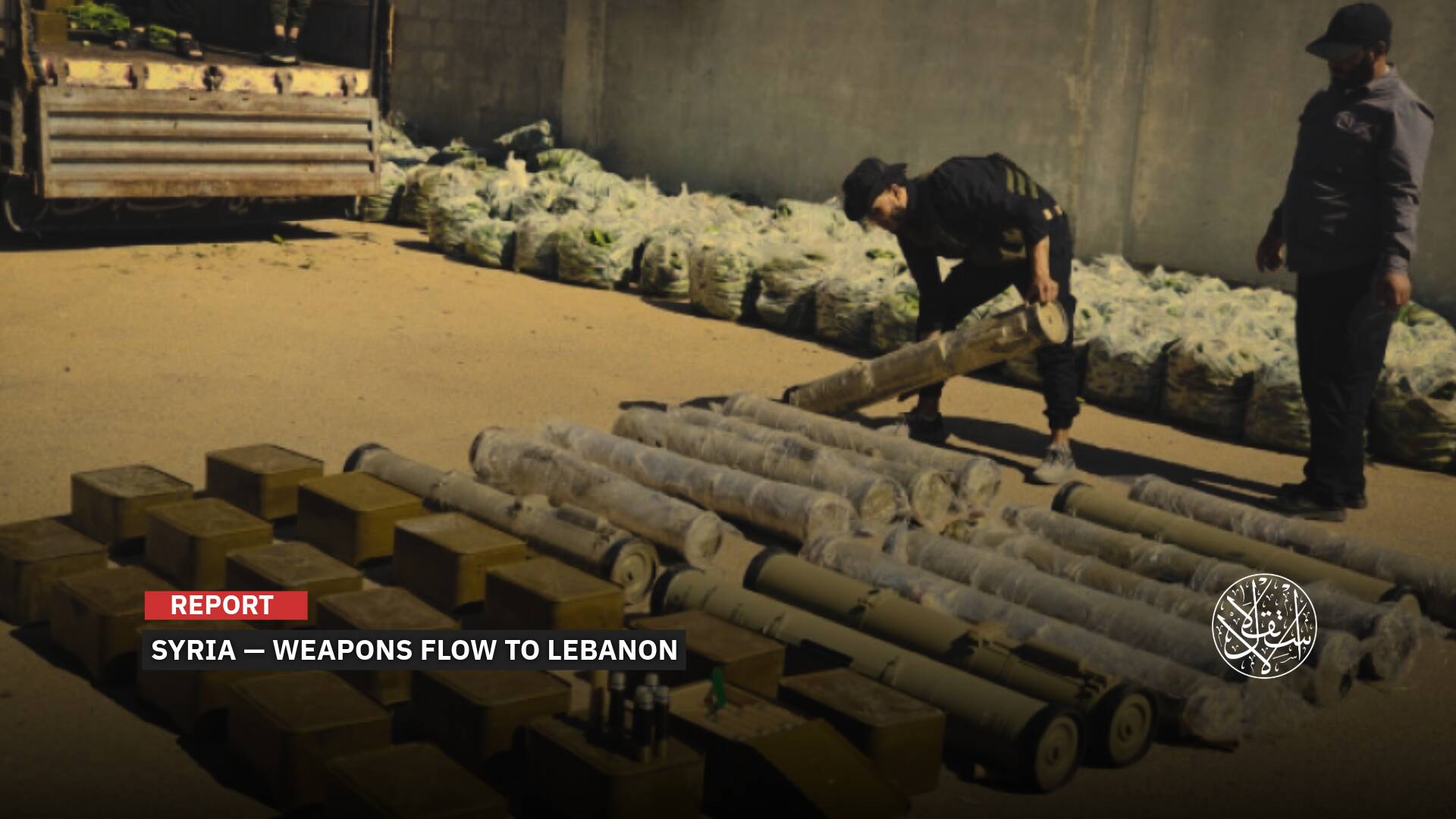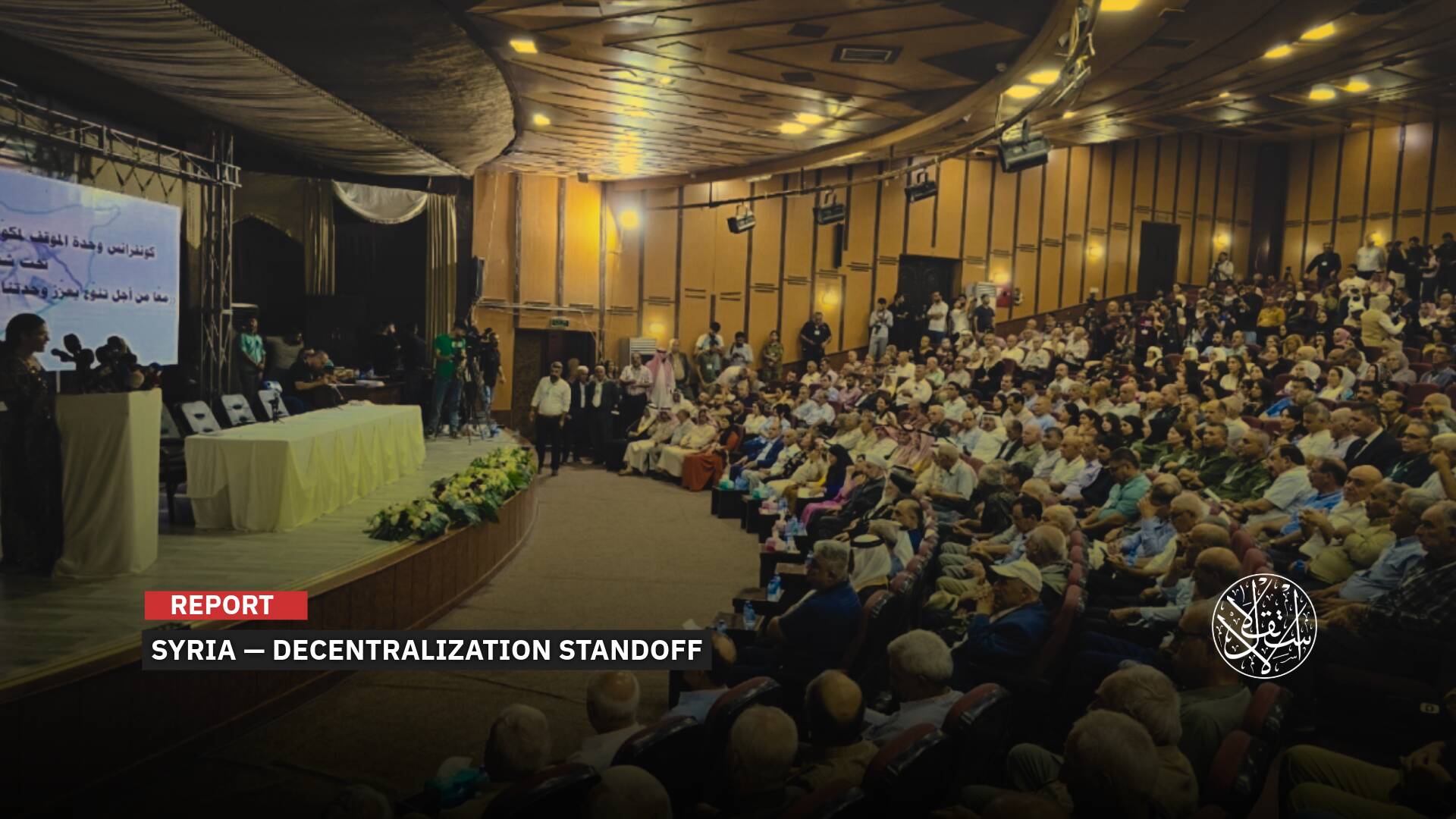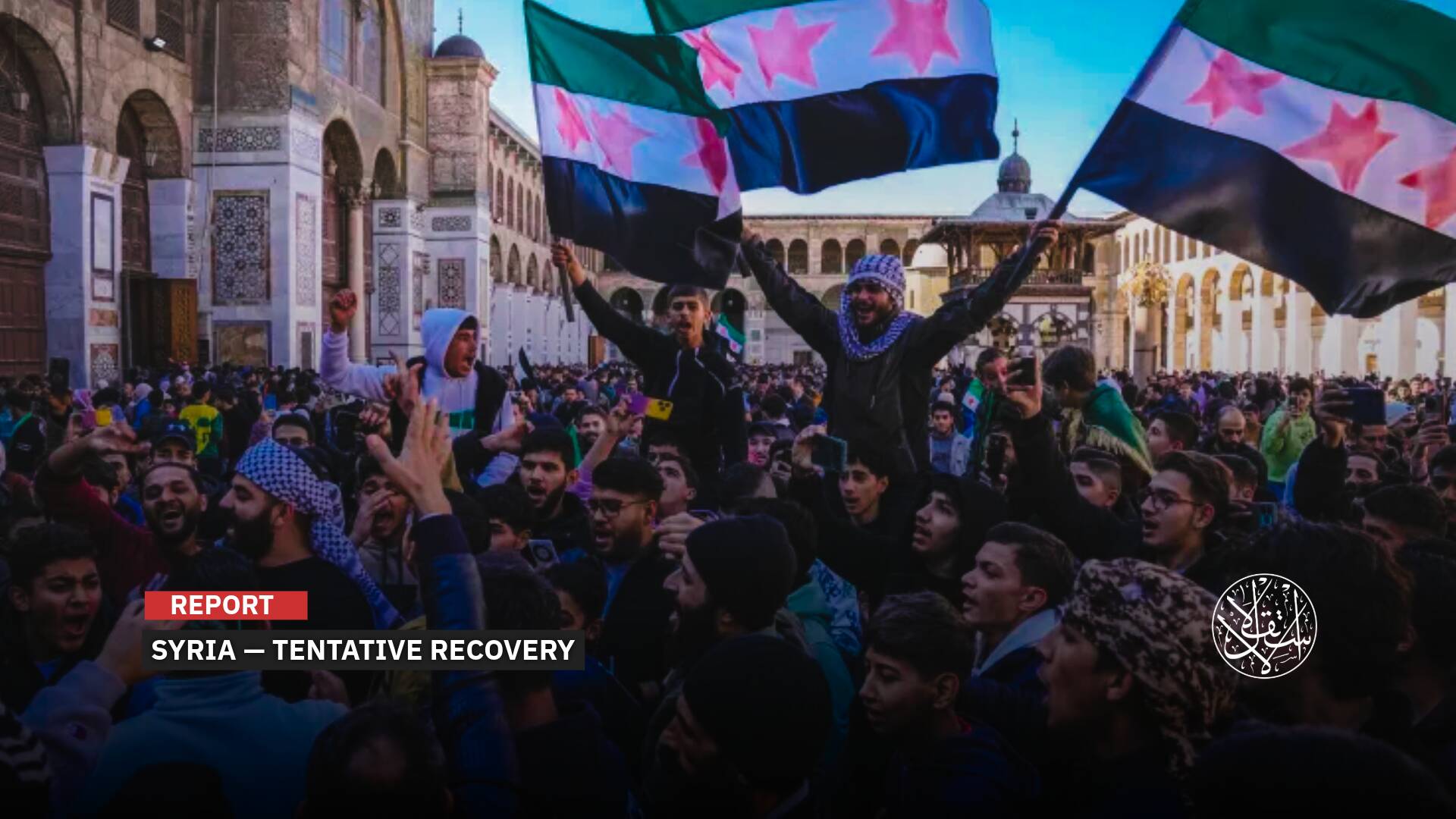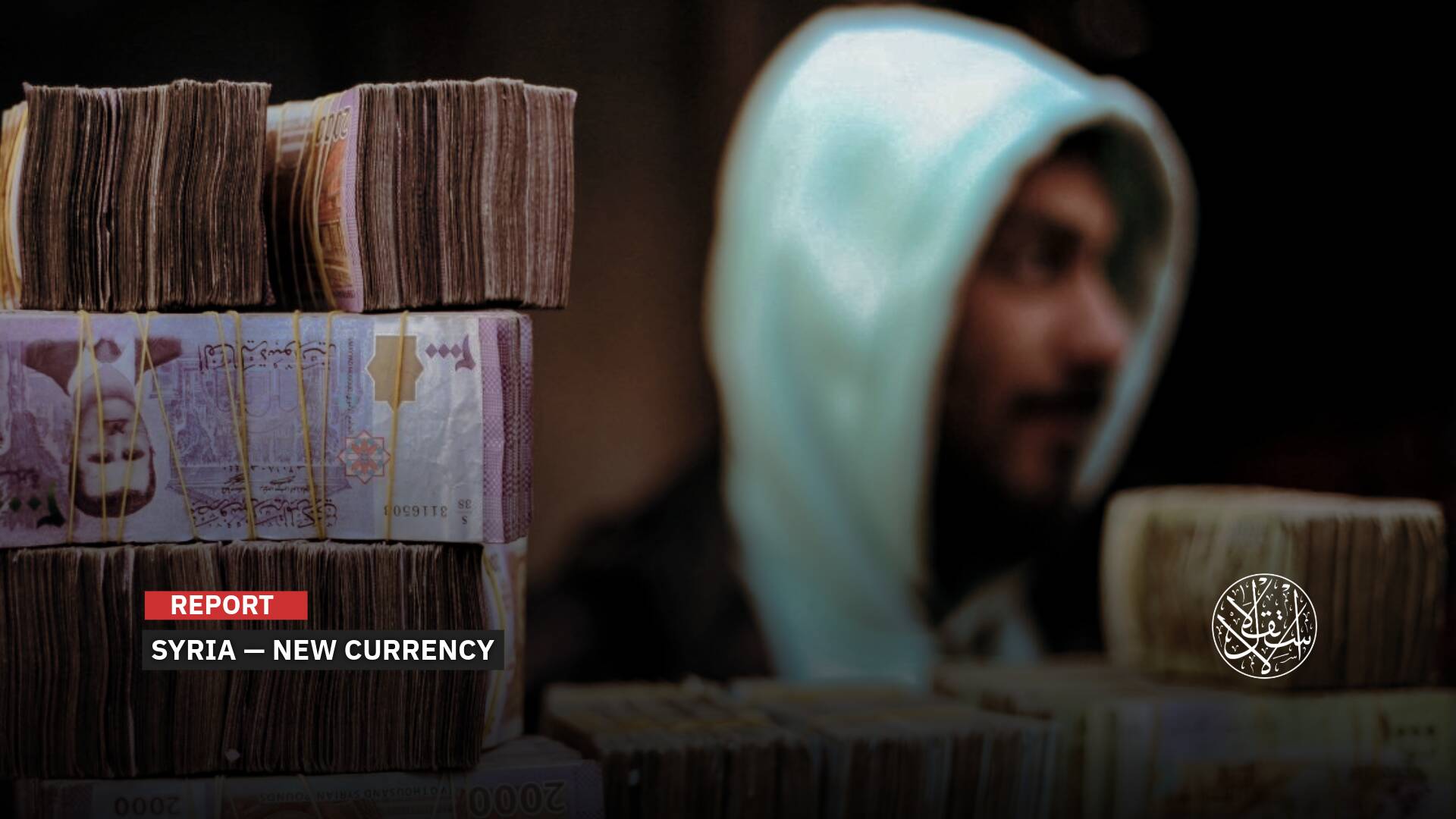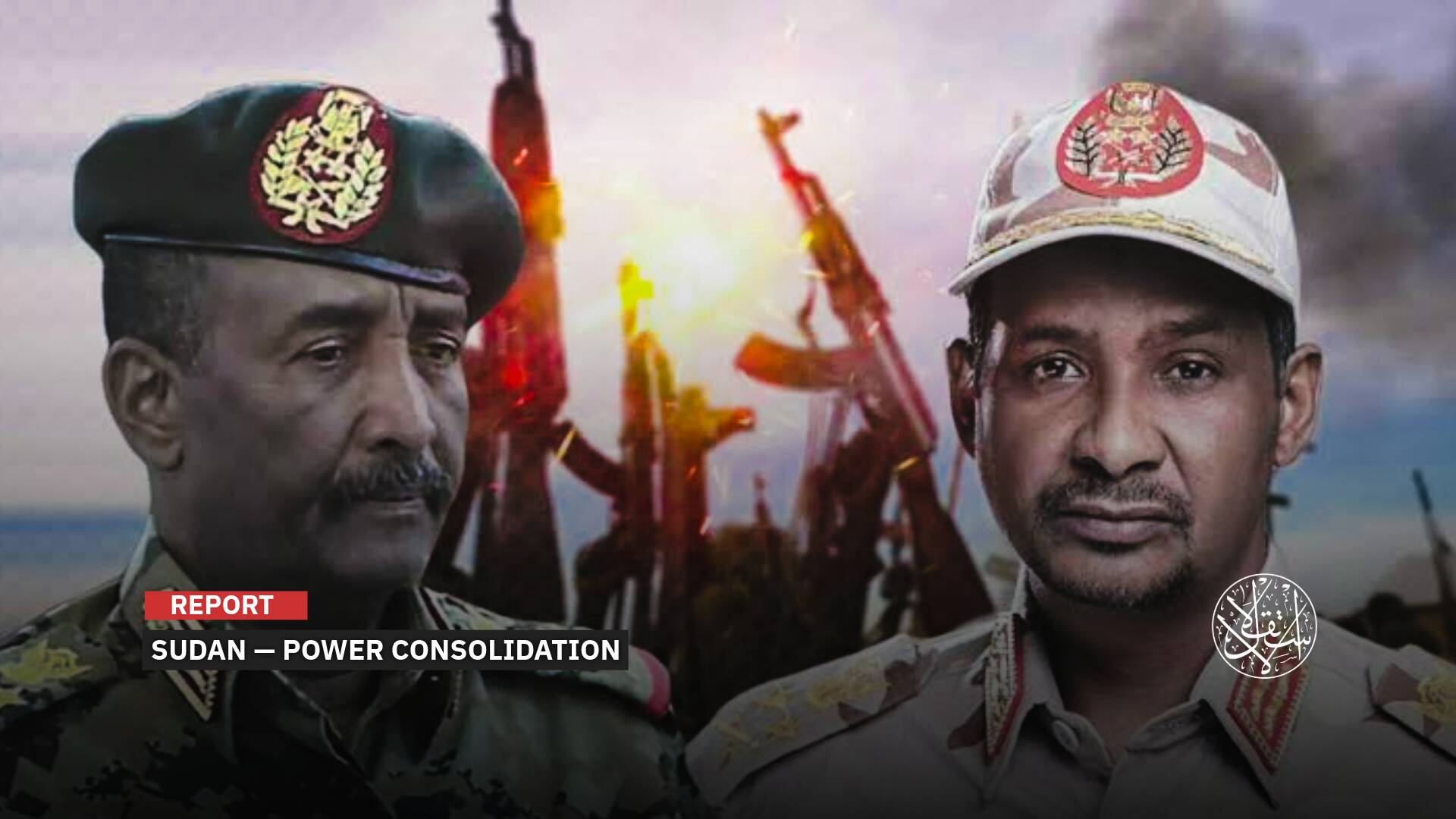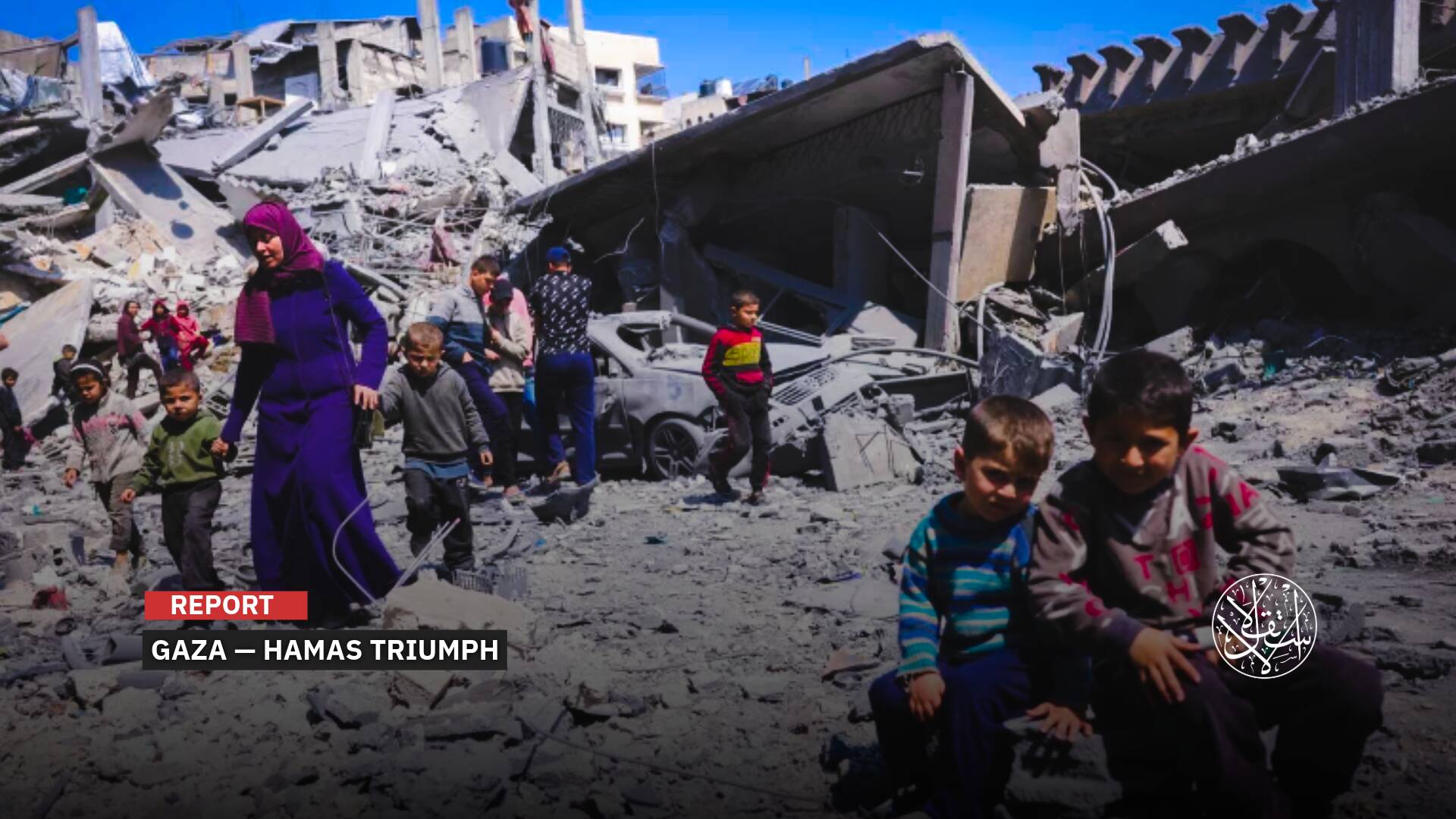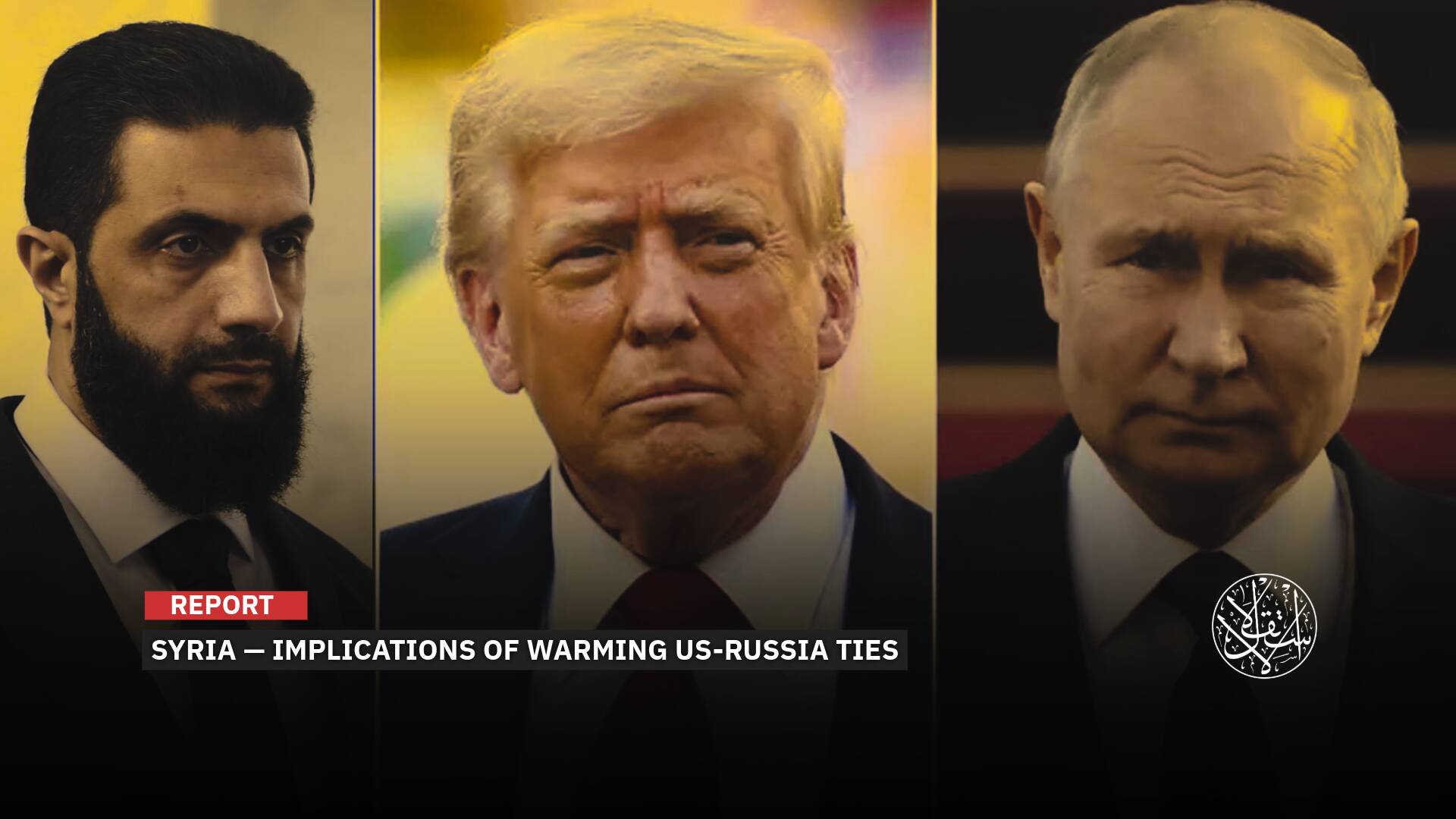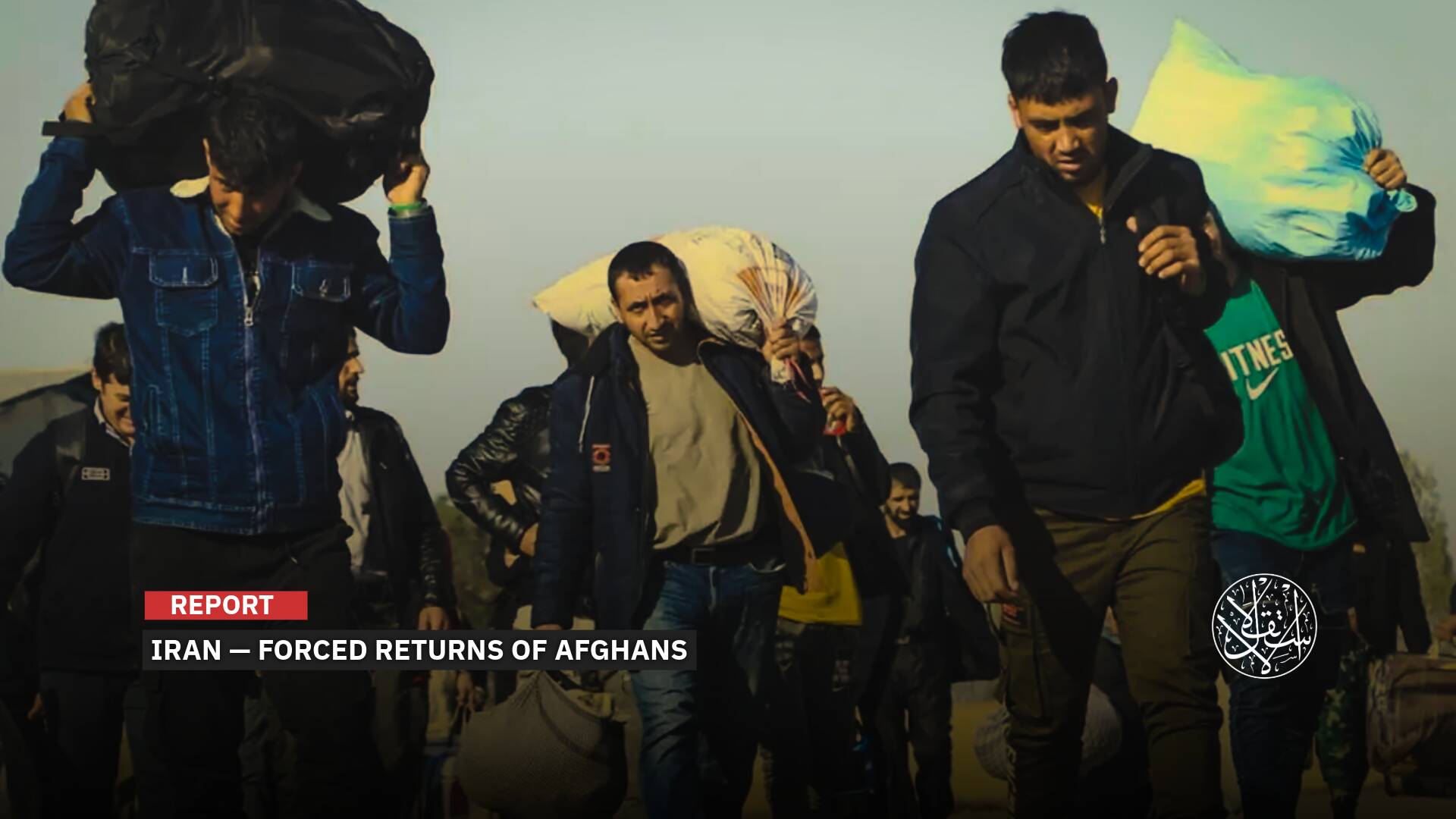The Economic Crisis in Lebanon; Causes and Effects

Contents
Introduction
The Roots of the Crises of Modern Lebanon
Post-Civil War Economy and the Debt Cycle
• First: The Form of Government
• Second: Distorted Financial and Monetary Policies
The Current Economic Collapse; Extent and Effect
Conclusion
Introduction
The explosion of ammonium nitrate in Beirut port in August 2020, was the latest chapter in a series of major events in Lebanon, which had a significant effect on the economic collapse witnessed by the economy of the Arab country over the past years.
Since 2011, the Lebanese economy has witnessed a noticeable decline in economic growth, after achieving an average growth rate of 5.8% during the first decade of the new millennium; growth rates have declined over the past 10 years.
The Lebanese economy is highly dependent on the service sector, its economy is also largely based on the reality of its neighboring countries.
On the one hand, Lebanon breathes through Syria, which is Lebanon's only land outlet towards its neighboring countries.
On the other hand, its neighboring countries—especially the Gulf countries—provide it with good financial returns through tourism, investment and external transfers.
As a result, it is clear to see the suffering of the Lebanese economy from the consequences of the economic decline in the Gulf, which followed the drop in oil prices. As well as from the effects of the Syrian crisis and other regional political tensions.
Lebanon suffers from debts amounting to $92 billion, about 170% of the gross domestic product (GDP), according to the credit rating agency S&P Global Ratings, and this ratio is among the highest in the world.
Since the beginning of the year 2020, the balance of payments crisis has had significant effects on the local economy; perhaps the most prominent effects were in the free fall of the Lebanese pound.
After the Lebanese pound has maintained a stable exchange rate for nearly 20 years, at about 1500 pounds to one U.S. dollar; the Lebanese pound is recording daily sharp declines.
On July 9, 2021, the exchange rate of the dollar against the Lebanese pound touched the 19,400 barrier, while the official rate set by the Central Bank is still at 1510 pounds.
This investigation aims to discuss the causes and effects of the current crisis in Lebanon today.
The Roots of the Crises of Modern Lebanon
The first foundations of this existing Lebanese system, that is currently in place since 1861, were laid with the establishment of the Mutasarrifiyya system within the framework of the Ottoman Empire and under the supervision of the consuls of five European countries.
Leading was the French consul, in addition to the consuls of Russia, Prussia, Britain, and Austria, which was the system that enabled the sectarian foundations that characterize Lebanon to this day.
International politics had the biggest role—regardless of the interests of the Lebanese—in guiding Lebanon in the various stages of its development that it has gone through since the middle of the 19th century until today.
The various countries have always been working to benefit from the sectarian system, whose foundations were laid in this country by supporting the influence of sects or elites in order to achieve their interests.
The European colonial policies—the French in particular—culminated in the declaration of the state of Greater Lebanon in 1921 after the collapse of the Ottoman Empire.
During the independence period, the 1943 National Pact worked to consolidate the foundations of the current system based on power-sharing among the Lebanese sects, according to which the Lebanese agreed to distribute power.
Whereby the Shiites will get the presidency of the parliament, the Sunnis will get the prime minister, and the deputies elect the president of the republic, who must be a Maronite Christian.
Researcher Fawwaz Traboulsi points out in his book “Modern History of Lebanon,” which talked about the consortium that seized economic power after independence, and that 35 Lebanese families managed to impressively control the country's economy.
In the banking sector, these families controlled the banks, most notably, the Bank of Syria and Lebanon, which has the privilege of issuing currency and managing state finance, and which controls the credit movement and commercial exchanges with France.
They controlled the largest insurance company in the country in partnership with the French capital. They also controlled the largest share of the local market in the field of imports. In addition to their control of the tourism sector through their ownership of the largest hotels and resorts in Lebanon.
While they had the upper hand in the service sector, they also controlled the franchised companies and public service companies in partnership with French capital.
They controlled the Port of Beirut Company, the water and electricity companies, the tobacco company, in addition, they own the Lebanese Airlines and Middle East Airlines.
The free economy based on the free trade, the free flow of capital, and the free exchange rate, was one of the main features of the post-independence Lebanese Republic.
This model served Lebanon to a large extent, as Lebanon's relative development compared to its surroundings, especially in terms of service infrastructure, which was lacking in many of its neighboring countries, enabled it to achieve great economic prosperity.
Moreover, the progress of its banking system over all the systems of its region made it play important intermediary roles, until it became known as the “Switzerland of the East.” The freedom of the currency markets and capital has also placed Lebanon at the center of regional financial services.
Lebanon benefited greatly from the turmoil that occurred in Palestine and the establishment of Zionist “Isarel.” The closing of the Haifa port led to a significant recovery of the Beirut port as an important center for regional trade.
The Lebanese banking sector also improved with the arrival of Palestinian capital after the Nakba, and choosing Beirut as a new base for the Palestinian bourgeoisie.
Lebanon was also able in the 1950s and 1960s, thanks to its economic structure and the nature of its free economy, to attract capital from Egypt, Syria and Iraq.
On the other hand, power-sharing was based on sectarian basis, as guaranteed by the 1943 National Pact, which despite enabling the economic and political freedom that Lebanon experienced in the post-independence period, yet it contributed to the weakening of the state.
Before the outbreak of the Lebanese Civil War in 1975, it was apparent to some that Lebanon was moving towards and is living in prosperity, in light of a vibrant trade system, and a high per capita income compared to neighboring countries, and economic growth at high rates.
However, all this concealed a darker reality, a political system based on sectarian power-sharing, which fueled unbalanced growth (sectoral and regional), and contributed to the increasing of economic, social, and political inequality that empowered grievances and increased the likelihood of war.
Post-Civil War Economy and the Debt Cycle
The Lebanese Civil War broke out and lasted for more than 15 years (April 1975 - October 1990). It is considered one of the largest wars—duration and materials and human losses wise—the world witnessed from the end of World War II until the end of the 20th century.
Before the outbreak of the war, the Lebanese economy was running smoothly with high growth rates; so why was the Lebanese economy unable to restart after the Civil War ended?
The simplified answer to this question is that the results of the Lebanese war were very devastating to the Lebanese economy.
On the one hand, it is estimated that the cumulative loss of production and real income resulting from the war amounted to about $24 billion.
On the other hand, the economy suffered from a massive destruction of the stock of capital, it is estimated that the total material assets destroyed during the war amounted to about $25 billion.
In addition, the war has destroyed a great deal of human capital, with the death of 131,000 people and the emigration of 500,000 Lebanese due to the war.
The reconstruction of Lebanon officially began in 1992, with Rafic al-Hariri assuming the presidency of the Lebanese government.
Whereas, that government immediately embarked on a plan for the reconstruction of Lebanon called “Horizon 2000.”
This ambitious plan consisted of a wide program of investment spending to achieve macroeconomic objectives in the period from 1993 to 2007.
During the first period of reconstruction, it can be said that the Lebanese economy between (1992-1998) achieved an average economic growth of 6.3%, supported by the renewed confidence in the economy and the rise in current and capital expenditures.
The growth leap that the Lebanese economy witnessed at that time was not stable. This is due to financial instability on the one hand; on the other hand, because the reconstruction plan was a series of projects rather than a comprehensive plan for development or reconstruction.
The 2000 parliamentary elections brought Rafic al-Hariri back to power, at that time, the public debt crisis expanded and began to turn into a structural crisis rather than an emergency one, threatening to undermine most of the achievements of the growth period witnessed by his three governments (1992-1998).
The economic crisis that Lebanon witnessed at that time was parallel to a multi-dimensional political crisis. On the one hand, during that period, cracks in the relationship between the various sects began to appear as a result of the state's financial crisis, and its inability to continue sending state resources to the distribution channels established in the post-war period.
In that period, the emerging national movement against the Syrian presence in Lebanon, began to take shape and as well as to some extent also against the Taif Agreement.
These political economic crises threatened the Lebanese economy with complete collapse. After the formation of its fourth government, the government of Rafic al-Hariri developed a reform program based on stimulating the private sector to be the main engine of growth, strengthening financial indicators and putting an end to the increase in public debt, while maintaining monetary stability and controlling inflation rates.
In parallel, Hariri went to the solution of foreign aid, which would have postponed the collapse of the economy, and strengthened his position in the face of President Emile Lahoud.
At that time, the government initiated the idea of holding an international meeting to support Lebanon economically and financially.
The international community and donor bodies responded. The Paris I meeting was held in February 2001 at the Elysee Palace under the auspices of French President Jacques Chirac.
As a result of this conference, the international community pledged to provide 500 million euros in aid and soft loans to Lebanon.
They also agreed that another expanded conference would be organized, which was known as the Paris II meeting, which was held in November 2002.
Which showed impressive support from governments and major international organizations for Lebanon. It succeeded in providing the country with $10 billion, which was enough to avert an imminent financial crisis, and this led to the return of confidence in the Lebanese economy again.
However, the political crisis in the country intensified and ended with the assassination of Rafic al-Hariri on February 14, 2005, and the withdrawal of the Syrian forces in April of the same year, in addition to closing the actual reconstruction file.
Perhaps the economy’s failure to achieve high growth rates and the decline in capital formation during the reconstruction period have limited its potential for long-term growth. It can be seen that the reconstruction leap was limited and fluctuating and only lasted until 1998.
It also alleviates poverty and inequality, laying the foundations for a new social contract, this has not been achieved in Lebanon until today, the reasons for Lebanon's failure to achieve this were multifaceted, such as:
First: The Form of Government:
Although the Taif Agreement signed in 1989 ended the Civil War in Lebanon, it contributed to the establishment of a very problematic ruling in this country, and to the distortion of ruling in it to a large extent.
That is due to the nature of the structure established by the Taif Agreement, by constantly bringing together multiple and ideologically different sects at one table to share power, as Lebanon and its economy were often run by national unity governments.
Those governments on which the country experienced excessive dependence in the post-civil war period, especially after the Hariri assassination.
Perhaps the main problem raised by this form of government is that it paralyzes the state and it cannot adopt any coherent policies for the public good.
The Taif Agreement fostered and protected sectarianism, which has become present in all the economic, social, and political aspects of the country.
It also enabled warlords and sects to protect themselves and their privileges as much as possible, and provided them with various means to enrich themselves at the expense of the majority.
Second: Distorted Financial and Monetary Policies:
In the period following the end of the war, expansionary financial policies were pursued, driven by the goals and needs of the country's reconstruction, on the political and economic levels.
This led to huge government expenditures in that period, this caused a chronic budget deficit, especially in light of the failure of government revenues to keep pace with the growth in spending.
However, the tax reforms that were implemented during the beginning of the reconstruction were based on reducing direct tax rates on income and profits; the highest tax rate on profits has been reduced from 50% to 10%.
The highest tax rate over wages was also reduced from 32% to 10%, the corporate tax rate is now fixed at 10%.
Despite the intensification of the state's financial crisis, indirect taxes remained the main source of state revenue, in a clear favoritism of the economic elite at the expense of the rest of the Lebanese.
With regard to monetary policies, the role played by the Central Bank in the post-war period was very negative in curbing the growth leap that the economy witnessed at the beginning of the reconstruction, in creating a long-term rentier economy.
Lebanon's Central Bank played a key role as a mediator between the interests of the state and the interests of commercial banks; they are the key players in a game that continues today.
As a result, the Lebanese economy was subjected to a major shock as a result of the high level of real interest rates generated, this made the economic sectors suffer.
Since by 1997, it was clear that high interest rates and a high real exchange rate had caused a loss of competitiveness and a decline in economic activity, the growth leap that followed the war was thus halted.
Profits made by Lebanese commercial banks during the reconstruction period (billion Lebanese pounds)

The Current Economic Collapse; Extent and Effect
For nearly two years, the macroeconomy in Lebanon has been under intense attack from several aggravating crises, starting with the economic and financial crisis, followed by the Covid-19 crisis, and finally came the Beirut port explosion to complete this series of crises.
Since October of 2019, the Lebanese economy has been suffering from a severe financial crisis caused by a sudden stop in capital inflows, this caused defaults in the banking system, government debt, and a collapse in the exchange rate.
In this context, on March 7, 2020, Lebanese Prime Minister Hassan Diab announced Lebanon's inability to pay the value of international bonds to creditors after two days, and they will seek to negotiate with creditors to postpone payment.
Lebanon defaulted on a $1.2 billion international bond, the first of its kind in Lebanon's history.
The government later announced that it would stop all capital and interest payments on Eurobonds denominated in foreign currencies.
Only a few days later, on March 15, 2020, the government announced a state of general mobilization in the country, closing all sea, land and air ports, and public and private institutions, to confront the spread of Covid-19.
Finally, on August 4, 2020, a massive explosion occurred in the warehouse No. 12 of the Beirut Port, resulting in the death of more than 200 people and injuring about 6000 people, it also caused the destruction of a large part of the port, and severe damage to residential and commercial areas.
In light of the crises in this small country, the stifling economic crisis comes to have severe effects on all levels in Lebanon.
Estimates indicate that Lebanese banks owe more than $90 billion. Since late 2019, they have also resorted to imposing severe restrictions on withdrawals and transfers in foreign currency, especially in U.S. dollars. This caused great popular reactions against banks in general and against the Central Bank in particular.
The Lebanese economy recorded a contraction of 20.7% in 2020, according to recent estimates of the World Bank, compared to a contraction of 6.7% in 2019.
Accordingly, the value of the GDP decreased in 2020 to $33.38 billion, after it was $52 billion in 2019, it is expected to decline to $22.2 billion in 2021.
The severe economic contraction and the decline of the Lebanese pound also had tangible effects on the trade balance.
The 2020 figures (from January to November) indicate that imports witnessed a significant decline of 43.7%.
While exports increased in the same period by 4.6%, this left a decrease in the trade deficit by 52.9%.
Despite this significant decrease in the trade balance, the balance of payments posted a deficit of $10.5 billion in 2020.
The great collapse in the exchange rate also caused significant increases in inflation rates, the inflation rate reached 84.9% in 2020, it also achieved 100.64% in June 2021 compared to the same month in 2020.
The hyperinflation that has begun to appear recently, will have very severe economic and social effects, especially on the moneyless and the economically weak, as well as people with fixed incomes and employees.
In fact, on the ground, more than a year and a half after the outbreak of the crisis, no decisions have been made regarding such policies, even in the midst of this grinding crisis, a socially acceptable government has not yet been formed to manage it.
Consequently, the current crisis is likely to be deeper and longer than all previous Lebanon crises.
Conclusion
The economy in Lebanon has turned into a largely rentier economy, a small group at the top of the pyramid gets everything in return for the rest of the Lebanese who get hardly anything.
Inequality has become entrenched, and poverty is painfully rampant in this country.
The distorted and unbalanced economic-political system that exists in Lebanon today has plunged Lebanon into a deep dark tunnel that may carry uncalculated disasters for this country.
It is a system that may not be reformable, as a result of the distortions it carries within, which puts in front of the next Lebanese government a great responsibility to carry out fundamental structural and institutional reforms, to restore the country's financial and economic situation to the right foundations.
For any structural change in Lebanon to succeed, this current political system in which the ruling class and its partner economic elites work to distribute state resources and share the country’s income must be brought to an end.
Any fundamental reforms in Lebanon will inevitably collide with the interests of the ruling class, who will work in every possible way to reproduce the current system in a manner that preserves their interests.
It is highly unlikely that the political actors who run this system, and who for decades have benefited from it, will either carry out or supervise the desired reforms, because they will simply pull the rug out from under their feet.
Thus, the Lebanese who took to the streets in late 2019 did not find ways to put the necessary pressure on the country's political institutions.
Despite the severe crisis that afflicts Lebanon today, it presents the Lebanese people with the opportunity to adopt new types of models of politics and political representation.


